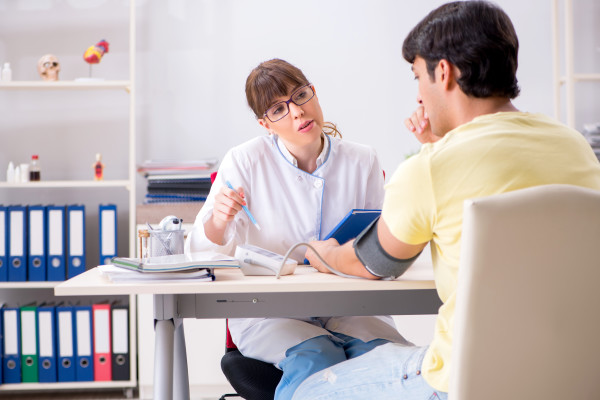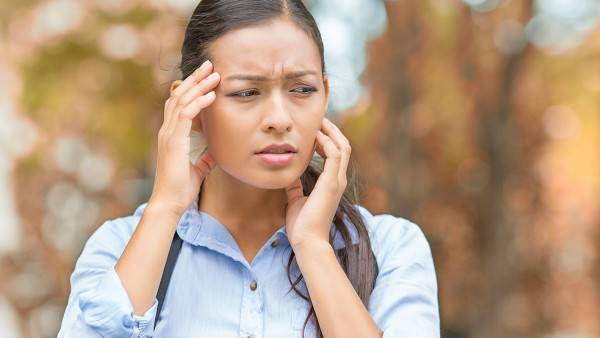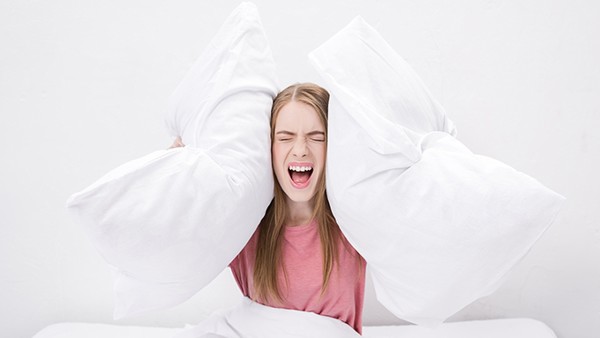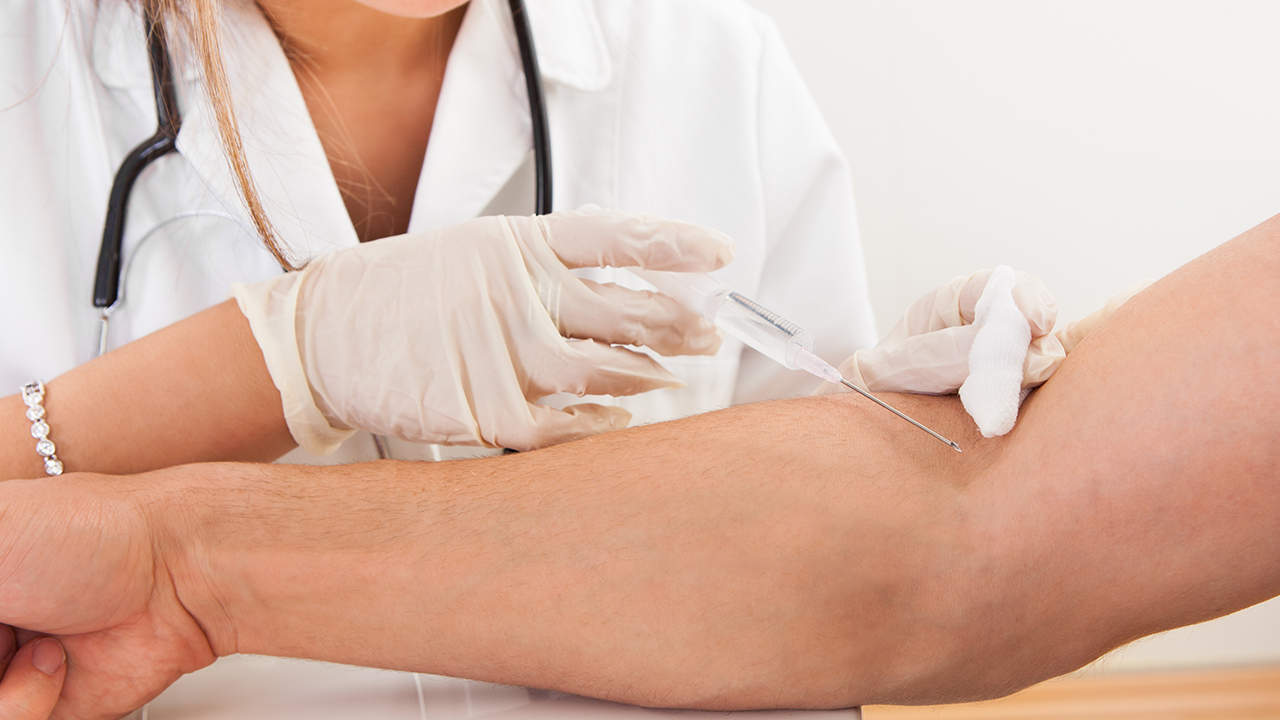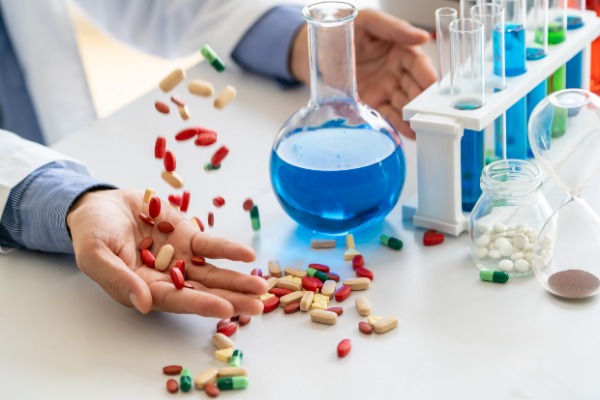How to Cure Severe Dry Eye Disease

Understanding the Causes
Severe dry eye disease, also known as keratoconjunctivitis sicca, is a debilitating condition that occurs when the eyes are unable to produce enough tears to lubricate and nourish the ocular surface. This can lead to a range of symptoms, including burning, stinging, itching, redness, and blurred vision.
The causes of severe dry eye disease are varied and can include medical conditions such as autoimmune disorders, thyroid dysfunction, and allergies; environmental factors such as air pollution, wind, and smoke; and medications such as antihistamines and antidepressants.
Treatment Options
Treating severe dry eye disease is challenging, but there are a number of options available to help alleviate symptoms and improve overall eye health. The most effective treatment approach typically involves a combination of therapies that address the underlying cause and provide relief from symptoms.
1. Artificial Tears
Artificial tears are the first line of treatment for dry eye disease. These products are available over-the-counter and can help provide temporary relief from symptoms. Artificial tears come in a variety of formulations, including drops, gels, and ointments, each with its own advantages and disadvantages.
Drops are the most commonly used type of artificial tears. They provide immediate relief from symptoms but can be less effective over time as the tears evaporate quickly. Gels and ointments are thicker than drops and stay on the eye for longer periods of time, providing more lasting relief. However, they can also cause blurred vision, and some people find them uncomfortable to use.
2. Punctal Plugs
Punctal plugs are tiny devices that are inserted into the tear ducts to block the flow of tears. This can help to increase the amount of tears available to lubricate the eye. Punctal plugs are typically inserted by an ophthalmologist and can be permanent or temporary.
Permanent punctal plugs are made of silicone and are designed to stay in place for a long period of time. Temporary punctal plugs are made of collagen and dissolve over time.
3. Restasis
Restasis (cyclosporine ophthalmic emulsion) is a prescription medication that is used to treat dry eye disease. Restasis suppresses the immune system and reduces inflammation, which can help to increase tear production. Restasis is taken as an eye drop twice a day.
4. Xiidra
Xiidra (lifitegrast ophthalmic solution) is another prescription medication that is used to treat dry eye disease. Xiidra blocks the action of a protein that causes inflammation, which can help to increase tear production. Xiidra is taken as an eye drop twice a day.
5. LipiFlow
LipiFlow is a treatment that helps to clear the meibomian glands, which are responsible for producing the oily layer of the tear film. The meibomian glands can become clogged in people with dry eye disease, leading to decreased tear production.
LipiFlow uses a combination of heat and pressure to unblock the meibomian glands and restore normal tear production. LipiFlow is performed in a doctor's office and typically involves several treatments.
6. Eyelid Massagers
Eyelid massagers are devices that are used to stimulate the meibomian glands and help them produce more oil. Eyelid massagers can be used at home and are typically used for several minutes each day.
7. Lifestyle Changes
In addition to medical treatments, there are a number of lifestyle changes that can help to improve symptoms of dry eye disease. These include:
Avoiding activities that irritate the eyes, such as spending long periods of time in windy or dusty environments
Wearing sunglasses to protect the eyes from the sun and wind
Using a humidifier to add moisture to the air
Taking breaks from computer and screen time
Getting regular eye exams
Prognosis
The prognosis for severe dry eye disease varies depending on the underlying cause. In some cases, the condition can be cured if the underlying cause is identified and treated. In other cases, the condition is chronic and requires ongoing treatment to manage symptoms.
When to See a Doctor
If you have severe dry eye disease, it is important to see a doctor to rule out any underlying medical conditions and to discuss treatment options. If left untreated, severe dry eye disease can lead to corneal damage and vision loss.
The above is all the content that the editor wants to share with you. I sincerely hope that these contents can bring some help to your life and health, and I also wish that your life will be happier and happier.
Tags: #cure #to #how


